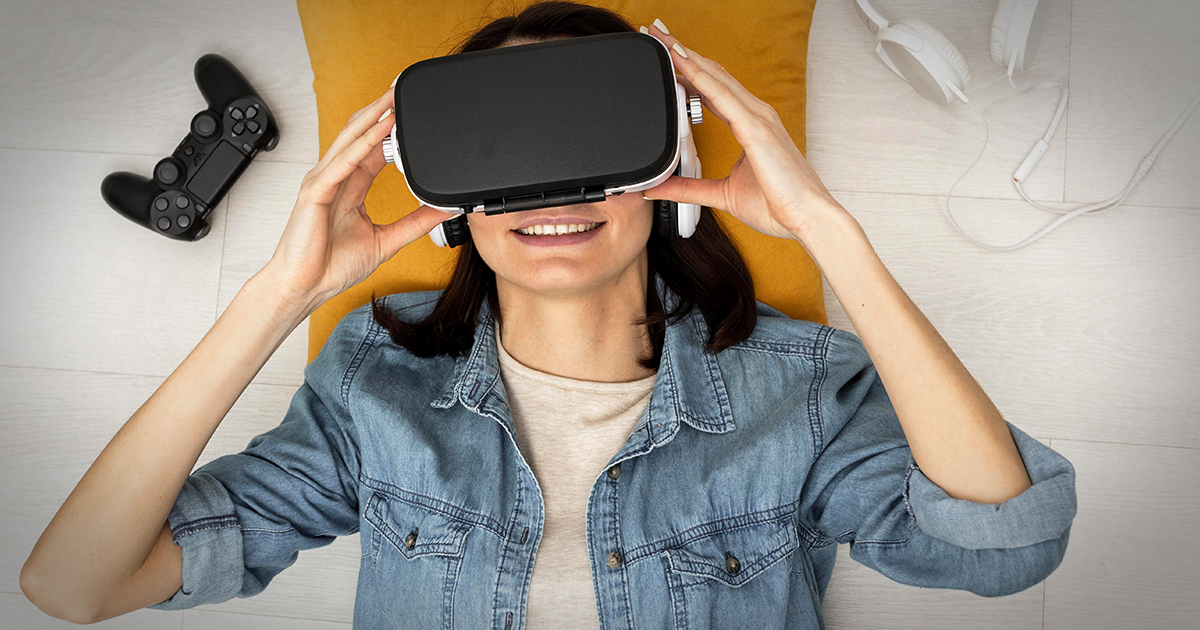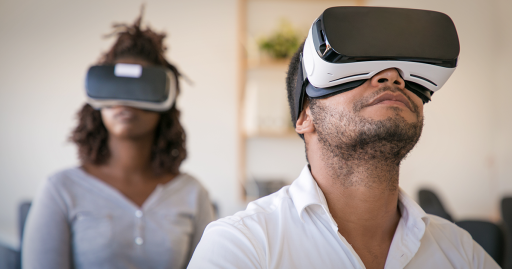
May 2024
Try before you buy: Augmented Reality in e-commerce

Augmented reality (AR) is disrupting the world of ecommerce, offering a more engaging, interactive, and personalized shopping experience. Here are some of the main benefits that AR brings to ecommerce:
1. Real-world product visualization: Customers can visualize products such as furniture, home décor, or even clothing by overlaying 3D models onto their own environment using the camera on their smartphone or tablet. This allows them to see how the product would fit into their real space, which reduces returns and increases customer satisfaction.
2. Virtual fitting rooms: Cosmetics and clothing brands are using AR to create virtual fitting rooms that allow customers to try on products without having to go to a physical store. Users can see how different shades of makeup, clothing styles, or accessories would look on them using the camera on their device.
3. Immersive shopping experiences: Online stores can create more immersive shopping experiences using AR. Customers can take virtual tours of stores, interact with products on virtual shelves, and even participate in games and activities that allow them to discover new products in an engaging way.
4. More product information and details: AR can be used to display additional information about products, such as instructions for use, technical details, or even explanatory videos. This allows customers to make more informed purchasing decisions and reduces the need to contact customer service.
5. Personalization and recommendations: AR can be used to offer personalized product recommendations to customers based on their preferences and purchase history. Customers can scan products in a physical store or in their own home to get recommendations for similar or complementary products.

Examples of how companies are using AR in ecommerce:
- IKEA: Allows customers to visualize furniture in their own space before buying it.
- Sephora: Offers a virtual fitting room for customers to try on different shades of makeup.
- L'Oréal: Allows customers to see how different hairstyles would look on them using augmented reality.
- Nike: Offers an immersive shopping experience that allows customers to try on virtual sneakers.
- Amazon: Allows customers to scan products to get additional information and details.
Augmented reality is a technology with great potential to transform ecommerce. Companies that adopt this technology will be better positioned to offer superior shopping experiences to their customers, increase sales, and build customer loyalty.
